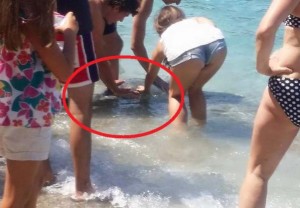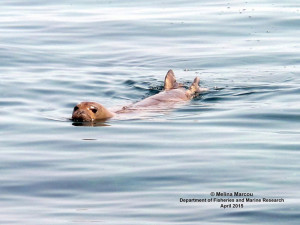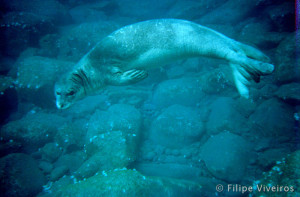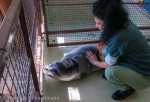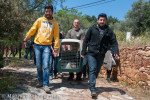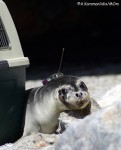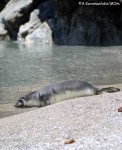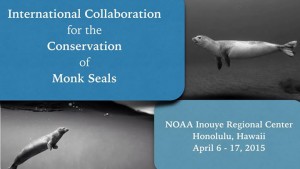COMMENT
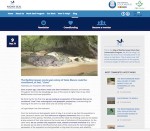 In declaring the Mediterranean monk seal colony at Cap Blanc in Mauritania/western Sahara “closed” [see blog], is Spanish NGO CBD-Habitat edging ever closer to resurrecting a plan that would see seals artificially translocated to other areas? The theory is that this would minimise the risk to the colony posed by mass mortality events, while helping to recolonise areas historically occupied by the species. Unfortunately, as earlier abandoned attempts to translocate or captive breed monk seals proved, the devil is in the detail. Continue reading “Translocation déjà vu”
In declaring the Mediterranean monk seal colony at Cap Blanc in Mauritania/western Sahara “closed” [see blog], is Spanish NGO CBD-Habitat edging ever closer to resurrecting a plan that would see seals artificially translocated to other areas? The theory is that this would minimise the risk to the colony posed by mass mortality events, while helping to recolonise areas historically occupied by the species. Unfortunately, as earlier abandoned attempts to translocate or captive breed monk seals proved, the devil is in the detail. Continue reading “Translocation déjà vu”

